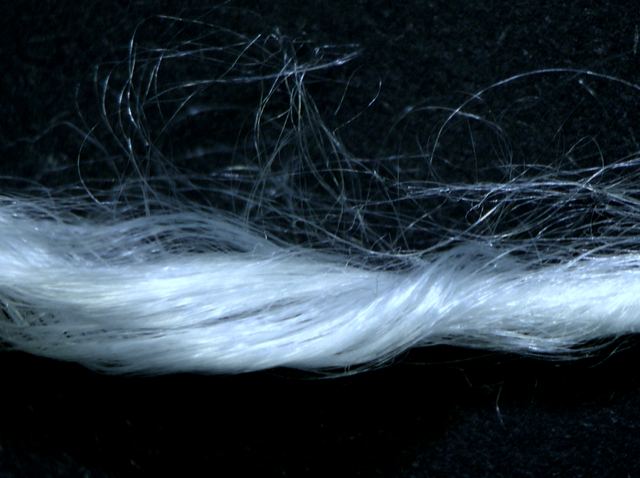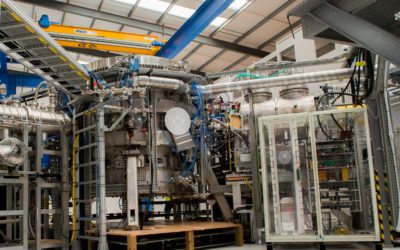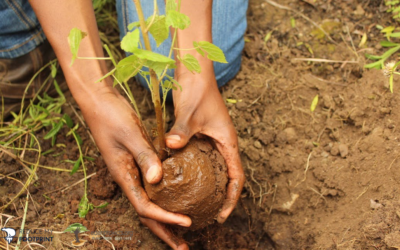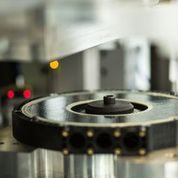Spin-out is a very apt term for Spintex, the start-up from Oxford developing an environmentally friendly way to produce silk.
Its co-founder, Alex Greenhalgh, has always been fascinated by spiders and, as a researcher at the University of Oxford’s Silk Group, worked on improving science’s understanding of how spiders produce and spin their silk so it can be replicated in the lab. Mimicking the spider’s spinning technique would be a far more environmentally friendly way of producing the material than the current practice of relying on silkworm cocoons.

“Spiders are amazing, they have several glands of a liquid silk solution which form a silk thread when a small pulling force is applied, self-assembling, completely at room temperature” he says.
“We’ve developed a protein solution, produced through a green chemistry approach that produces fibres in a similar way so they can be spun and turned into silk. You can’t farm spiders to do this for you because they eat one another. Farming silkworms can be sustainable, but the processing of the cocoon is very energy intensive as alkali and toxic chemicals are heated so they can break down the sticky glue that holds the silk cocoon together to unravel a fibre up to a kilometre long.
“The process leads to a lot of harmful water entering the water system, and large quantities of CO2 are released. So, we’re replicating the way spiders spin silk so we can have environmentally friendly silk that doesn’t impact the environment”.
Scaling up
Spintex moved into the Wood Centre for Innovation in Headington, Oxford in the summer of 2020, shortly after it opened. It was fitting because the centre is owned by The Oxford Trust, an Advanced Oxford member, whose education charity, Science Oxford, awarded Alex Greenhalgh a Nuffield bursary before he went to university. He recalls the prize allowed him to become fully immersed in laboratory work and played an important role in confirming his commitment to a research-based career.
The move to new premises allows the company to house larger equipment. Before the summer 2020 move, it had shown that applying a pulling force to its secret formula of liquid proteins can form silk fibres through self-assembly.
The next stage is to make these threads at scale and spin them into yarns using machines the company has designed and built. Its intellectual property lies not only in the make-up of its liquid protein mix and how it is turned into fibres but also the design of the spinning machines that will make long continuous threads from it.
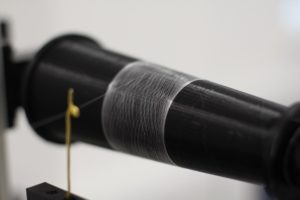
These machines have been designed to work with commercially available weaving machines so the yarn can be turned into the large sheets of fabric, ready to be sold.
Oxford’s EU ties are key
Oxfordshire will be always be home to the company, Greenhalgh believes. He comes from Oxford and the research behind Spintex came out of Oxford University. His only concerns about the area is the cost of hiring talent and the related high cost of living in the area.
Additionally, though, Spintex’s hope is that Oxford University will cement the area’s reputation for being a great, if expensive, base to build a company by keeping close links with science and innovation within the EU.
“My co-founders are German and our first funding grant came from the European Commission, so the EU will always have a very special place in the heart of the company,” he says.
“Part of the grant involved collaborating with European researchers and institutions. I know the University has good links with science networks across the EU and so we just hope this can be maintained and deepened because we need to develop an international market for our silk.”
The expectation is this new market will need to be developed from 2021 when it hopes to prove it can spin its environmentally-friendly silk at scale. The aim will then be to produce and sell it at industrial scale from 2022.
About this case study - Powering up for the Green Recovery: Oxfordshire's role in building a cleaner future
Advanced Oxford would like to thank all of the companies that participated in this project for their time and for providing us with images which illustrate their technology and work. This case study was written by Sean Hargrave, working with Advanced Oxford.
